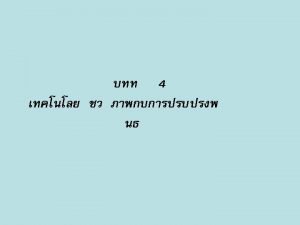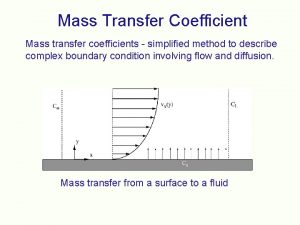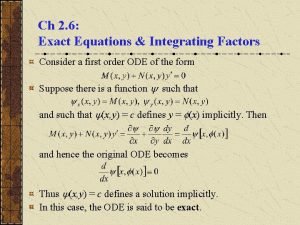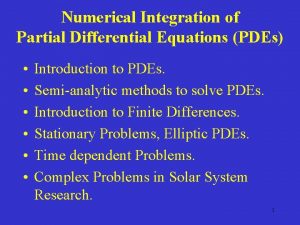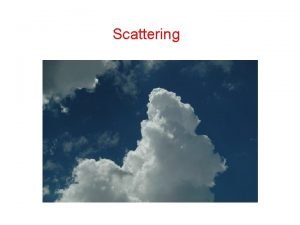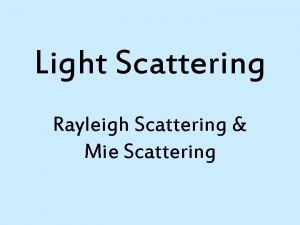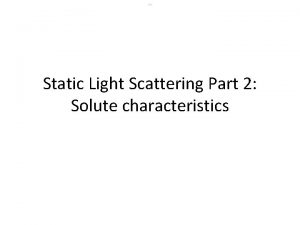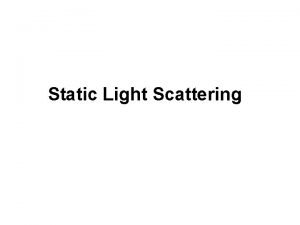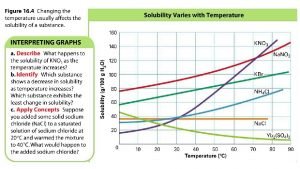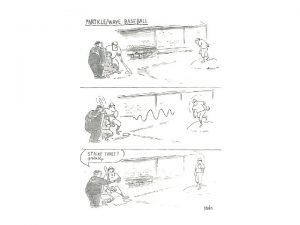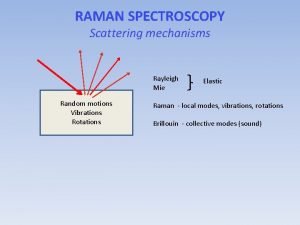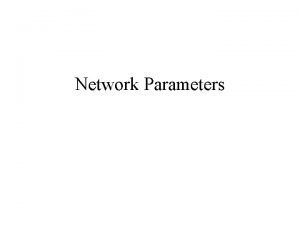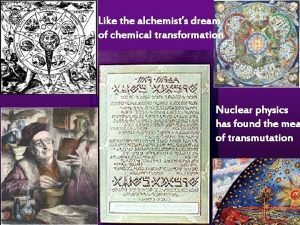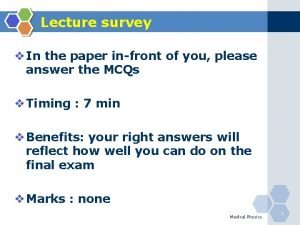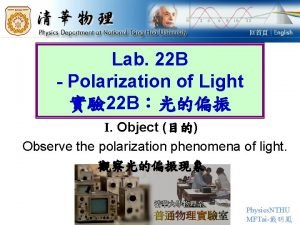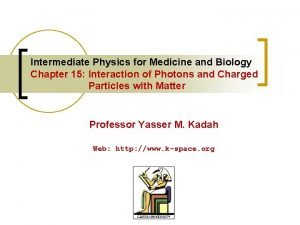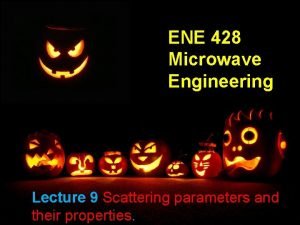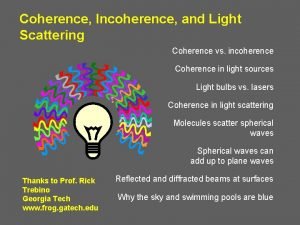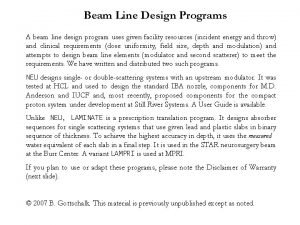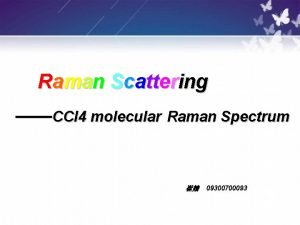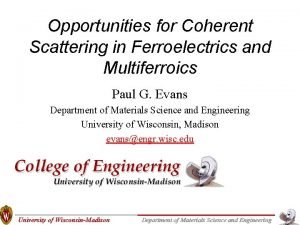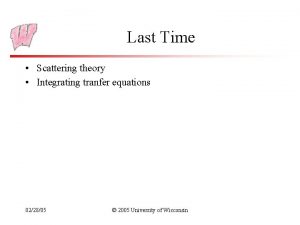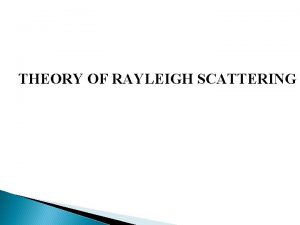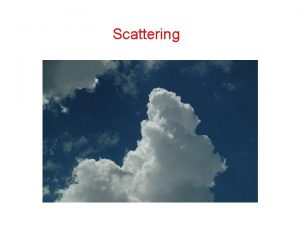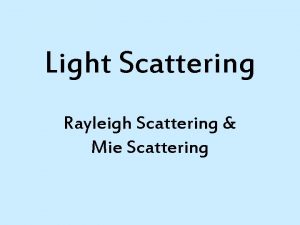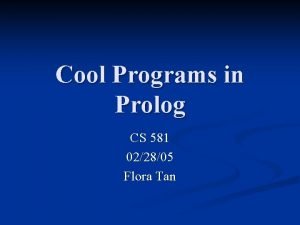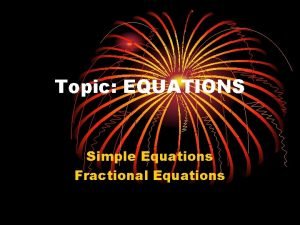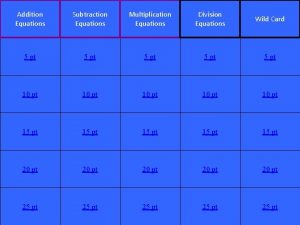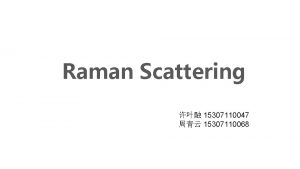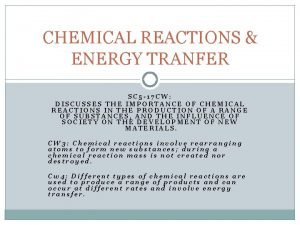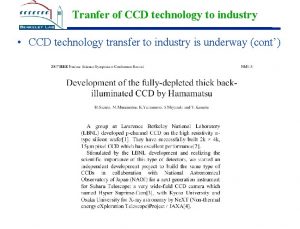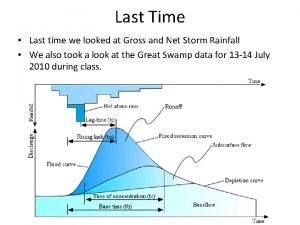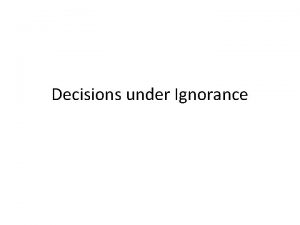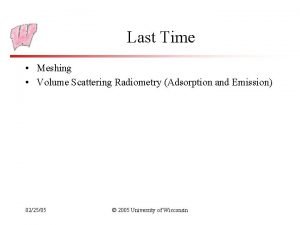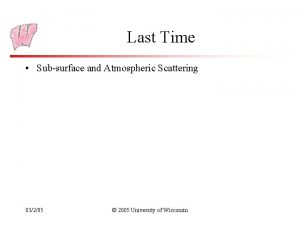Last Time Scattering theory Integrating tranfer equations 022805




























- Slides: 28

Last Time • Scattering theory • Integrating tranfer equations 02/28/05 © 2005 University of Wisconsin

Today • Sub-surface scattering • Sky models 02/28/05 © 2005 University of Wisconsin

Subsurface Scattering • Kubelka-Munk is a gross approximation to real scattering • Subsurface scattering is very important to capturing the appearance of organic materials 02/28/05 © 2005 University of Wisconsin

BSSRDF • Bidirectional surface scattering reflectance distribution function, S • Relates the outgoing radiance at one point to the incident flux at another • BRDF makes the assumption that xi = xo • To get the total radiance leaving a point, integrate over the surface and the incoming directions • S depends on the sub-surface scattering of the material 02/28/05 © 2005 University of Wisconsin

Practical Model • Wann Jensen, Marschner, Levoy and Hanrahan, 2001 • Handles non-isotropic media • Does not require extensive Monte-Carlo raytracing – Just a modified version of distribution ray-tracing • Approximation based on: – Multiple bounce scattering – diffuse component – Single bounce scattering – directional component 02/28/05 © 2005 University of Wisconsin

Single Scattering Term • Assume one scattering event on the path from incoming to outgoing ray • To get outgoing radiance, integrate along refracted ray 02/28/05 i © 2005 University of Wisconsin xi xo s o

Single Scattering Term • S(1) is defined by this formula 02/28/05 © 2005 University of Wisconsin

Multiple Scattering • Observation: multiple scattering tends to look diffuse – Each scattering event tends to blur the distribution of radiance, until it looks uniform • For flat, semi-infinite surfaces, the effect of multiple scattering can be approximated with two virtual light sources – One inside the medium – One “negative” light outside the medium – The diffusion approximation 02/28/05 © 2005 University of Wisconsin

Diffuse Scattering Term (the flavor) • This equation uses the Fresnel, coefficients to scale the incoming radiance, coefficients for transmission and adsorption, and variables for the location of the virtual light sources 02/28/05 © 2005 University of Wisconsin

Fitting Parameters • There are 4 material dependent parameters: ’s, a, , – Each parameter, except , depends on wavelength • Measure by taking a high dynamic range image of a sample piece illuminated by a focused light – High dynamic range imagery will be covered later 02/28/05 © 2005 University of Wisconsin

Rendering with the BSSRDF • Rendering has to take into account: – Efficient integration of the BSSRDF including importance sampling – Single scattering for arbitrary geometry – Diffuse scattering for arbitrary geometry – Texture on the surface • Use a distribution ray-tracer • Each time you hit a surface point, xo, have to sample incoming points, xi to estimate integral 02/28/05 © 2005 University of Wisconsin

Sampling Approaches • For single scattering terms, sample points along the refracted outgoing ray – Cast shadow ray to light to find out incoming radiance – Push this through single scattering equation to get outgoing – Make distant light approximation to ease computations • For diffuse scattering term, sample points around the outgoing point – Then place the virtual lights and evaluate the equation – Must be careful to put virtual lights in appropriate places • For texture, use parameters from xi for diffuse, and combination of xi and xo for single scattering 02/28/05 © 2005 University of Wisconsin

Results 02/28/05 © 2005 University of Wisconsin

More Results 02/28/05 © 2005 University of Wisconsin

Can’t Escape the Bunny 02/28/05 © 2005 University of Wisconsin

Sky Illumination • The sky is obviously an important source of illumination • The atmosphere is an important participating medium over large distances (hundreds of meters) – People use atmospheric effects to judge distances (stereo and disparity effects are useless at large distances) • Three models: – CIE model – Perez model – Preetham, Shirley and Smits model 02/28/05 © 2005 University of Wisconsin

Atmospheric Phenomena • Due to solar illumination and scattering in the atmosphere • Air molecules are modeled by Rayleigh scattering – Optical extinction coefficient varies with -4 – What phenomena does this explain? • Scattering due to larger particles is modeled with Mie scattering – Scattering depends less on wavelength, so what color is haze? • Turbidity is a useful measurement: T=(tm+th)/tm – tm is vertical optical thickness of molecular atmosphere – th is vertical optical thickness of haze atmosphere 02/28/05 © 2005 University of Wisconsin

Simulation Models • These attempt to simulate the scattering in the atmosphere to produce images – Very expensive for practical use – But work with any atmospheric conditions 02/28/05 © 2005 University of Wisconsin

Coordinate System 02/28/05 © 2005 University of Wisconsin

CIE Model • Predicts luminance of a point in the sky for a particular sun position on a clear day – What color space do we do sky computations in? • Yz is the luminance of the zenith, which can be found in tables or formulas that incorporate sun position • This formula is used in Radiance, among other systems 02/28/05 © 2005 University of Wisconsin

CIE Cloud Model • For completely overcast skies (thick clouds) 02/28/05 © 2005 University of Wisconsin

Perez Model • Five parameters: – – – 02/28/05 A: darkening or brightening of the horizon B: luminance gradient near the horizon C: relative intensity of the circum-solar region D: width of the circum-solar region E: relative backscattered light © 2005 University of Wisconsin

Aerial Perspective • The change in color due to passage of light through the atmosphere • Has been modeling in various ways: – – 02/28/05 Fog models Full scattering simulations Fake ambient illumination Single scattering integrated along a line from source to viewer © 2005 University of Wisconsin

Preetham, Shirley and Smits • Practical model (or so they claim) • Model sun with NASA data and attenuation along path to viewer • Model skylight with Perez model – Run lots of simulation of particle scattering – Fit parameters for Perez model – Also fit chromaticity values • Model aerial perspective with simplifications to scattering integrals 02/28/05 © 2005 University of Wisconsin

Results 02/28/05 © 2005 University of Wisconsin

Turbidity 02/28/05 © 2005 University of Wisconsin

Ward’s Model vs Preetham 02/28/05 © 2005 University of Wisconsin

Next Time • High Dynamic Range 02/28/05 © 2005 University of Wisconsin
 Ewe tranfer
Ewe tranfer Sample of repetition propaganda
Sample of repetition propaganda Coefficient
Coefficient Mass transfer coefficient units
Mass transfer coefficient units Exact equations and integrating factors
Exact equations and integrating factors Integrating partial differential equations
Integrating partial differential equations It is the scattering of light
It is the scattering of light Rayleigh scattering
Rayleigh scattering Mie plot
Mie plot Rayleigh theory of light scattering
Rayleigh theory of light scattering Start time end time and elapsed time
Start time end time and elapsed time Rayleigh scattering formula
Rayleigh scattering formula Scattering of light in suspension
Scattering of light in suspension Scattering in a central force field
Scattering in a central force field Rayleigh vs raman scattering
Rayleigh vs raman scattering Coherent scattering
Coherent scattering Scattering cross section in nuclear physics
Scattering cross section in nuclear physics Scattering matrix
Scattering matrix Dynamic scattering type lcd
Dynamic scattering type lcd Scattering reaction
Scattering reaction Photoelectric and compton effect
Photoelectric and compton effect Polarisation by scattering
Polarisation by scattering Compton scattering formula derivation
Compton scattering formula derivation S-parameters basics
S-parameters basics Coherence and incoherence
Coherence and incoherence Double scattering
Double scattering Scattering reflection
Scattering reflection Raman scattering definition
Raman scattering definition Coherent scattering
Coherent scattering
